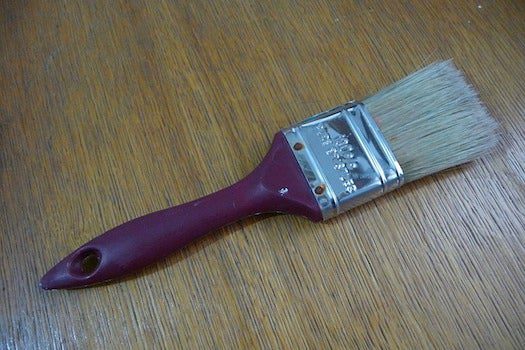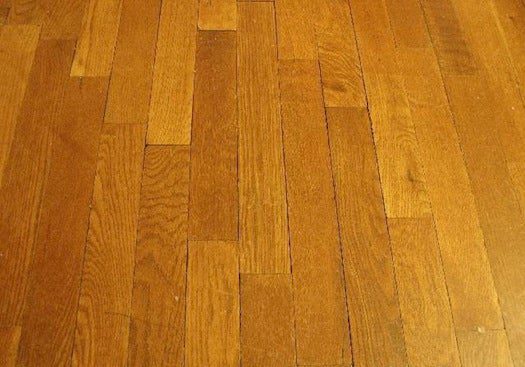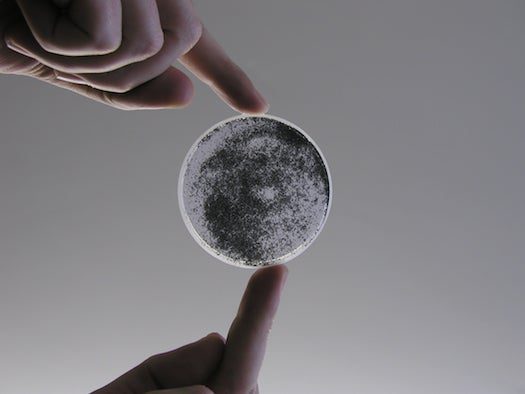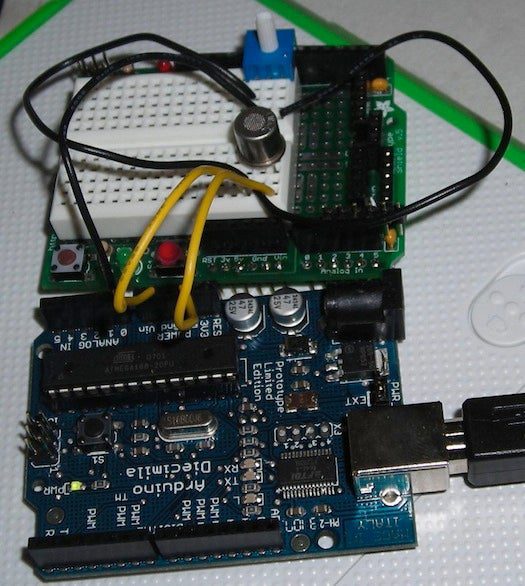Your comfy couch. The wooden chairs in your kitchen. The paint you spent months picking out. Cleaning supplies piled under the bathroom sink, and even the sink itself. Nearly every item and surface in your home emits toxins into the air that you breathe. According to the EPA, concentrations of these airborne pollutants are up to 10 times higher indoors than out –levels high enough that they can cause short- and long-term health problems such as cancers, depression, and decreased kidney and immune function.
In the past couple of years, companies and scientists have launched several research initiatives aimed at studying and solving the problem. Johnson & Johnson, the pharmaceutical behemoth that manufactures everything from baby shampoo to glucose management systems, announced it would phase out toxins from all products by 2015. Scientists at universities and private companies are also developing new technologies that could give our clothing or smartphones the power to monitor dangerous chemical levels wherever we are.
Click the slideshow above for PopSci‘s breakdown of some of the chemicals to watch out for, easy low-tech ways you can mitigate dangerous levels, and innovative technologies under development that will help you reduce your overall exposure.
Fabric
Toxins Upholstered furniture is loaded with flame retardant chemicals, handy when your candle tips over near the fabric, but not so nice when it comes to health effects. Polybrominated diphenyl ethers (PBDEs), the technical name for these retardants, leak slowly into the air and attach to surrounding materials, from dust bunnies to your clothes. PBDEs accumulate in your body over time and are thought to disrupt hormone function and be toxic to the immune system. Solution To lower your exposure, try buying from furniture companies like Furnature and Viesso that are almost completely toxin-free, from the glue holding the wood together to the cushion fabric.
Paint
Toxins Traditional latex paints emit chemicals like ethylene glycol and butoxyethanol long after the walls dry. Solution Try using Milk Paint instead, which lasts just as long as traditional products, but is composed entirely of biodegradable components like milk protein and minerals.
Wood
Toxins Whether it is floors or furniture, the sealants, stains and glues used on wood pieces outgas volatile organic compounds (VOCs)–chemicals that evaporate at room temperature, spewing toxic molecules into the air that we inhale. Pressed-wood products are a double-whammy since they also emit formaldehyde, a substance classified as a probable human carcinogen by the EPA. In studies, exposure to formaldehyde has been linked to leukemia and nasopharyngeal cancer. Solution It may sound like plant-based wood finishes are healthier, but that isn’t necessarily the case. Instead, look for furniture and floors that use water-based stains, as well as formaldehyde-free composite wood.
Carpet
Toxins Carpets expel a cocktail of VOCs, including styrene, formaldehyde, vinyl acetate and propanediol, among others, all of which are associated with both minor and major health risks. Styrene, for example, can cause everything from irritation of the skin and eyes to symptoms of depression or altered kidney function. Solution Opt for undyed, 100 percent wool carpets, such as those offered by companies like Nature’s Carpet. Another trick is to ask your carpet installers to air out the rug for a day or two before they put it down, and try to buy in the summer when you can keep doors and windows open the first few days after installation.
Big Solution: Filtration Systems
For an overall fix, filtration systems that pull VOCs and other toxins from the air are a good option. Though they have been around for a while, most still remain pricey, costing hundreds or thousands of dollars. In its September issue, Popular Science highlighted Oregon teen Naomi Shah’s plant-based filter in its annual list of top high school inventors. Shah’s system contains living fern and palm plants, which host microorganisms that feed on VOCs. It fits into any central-heating and air-conditioning system and when fully developed will likely come with a price tag of just $25.
Big Solution: Personal Sensors
Pretty soon, we could all be walking around with nearly invisible personal chemical sensors. The UK-based company Peratech announced earlier this year they’ve created a VOC-sensor only a few microns thick, small enough to be easily incorporated into fabrics. The technology uses VOC-absorbing polymers that swell when exposed to the toxins. This swelling causes particles to move apart, changing their electrical resistance. The sensor interprets this resistance and alerts the person wearing it when VOCs reach dangerous levels, as well as when the levels go back down. Caltech chemist Nate Lewis and his colleagues are also developing a sensor to detect chemical vapors, though this one would be attached to smartphones rather than clothing. The “electronic nose” is based on the same principles as Peratech’s–polymer composites, swelling and electrical resistance. Lewis and his colleagues see a broader use for their e-nose than just measuring home toxins, such as medical diagnostics based on a patient’s breath or for counter terrorism. “With the appropriate enthusiasm and development by the corporate and private sectors,” the sensor could be commercially “available in five years,” Lewis says.
Big Solution: Make Your Own Sensor
The Caltech and Peratech sensors are just two of many in development in labs across the globe, but they seem to be the closest to hitting the commercial market. Thanks to the booming hacker movement in the US and abroad, there is another option for those who don’t want to wait: make your own basic sensor. The website Instructables has several step-by-step directions for crude e-noses using Arduino, an open source microcontroller. One such Instructables project says the sensor costs less than $100 to build.
















